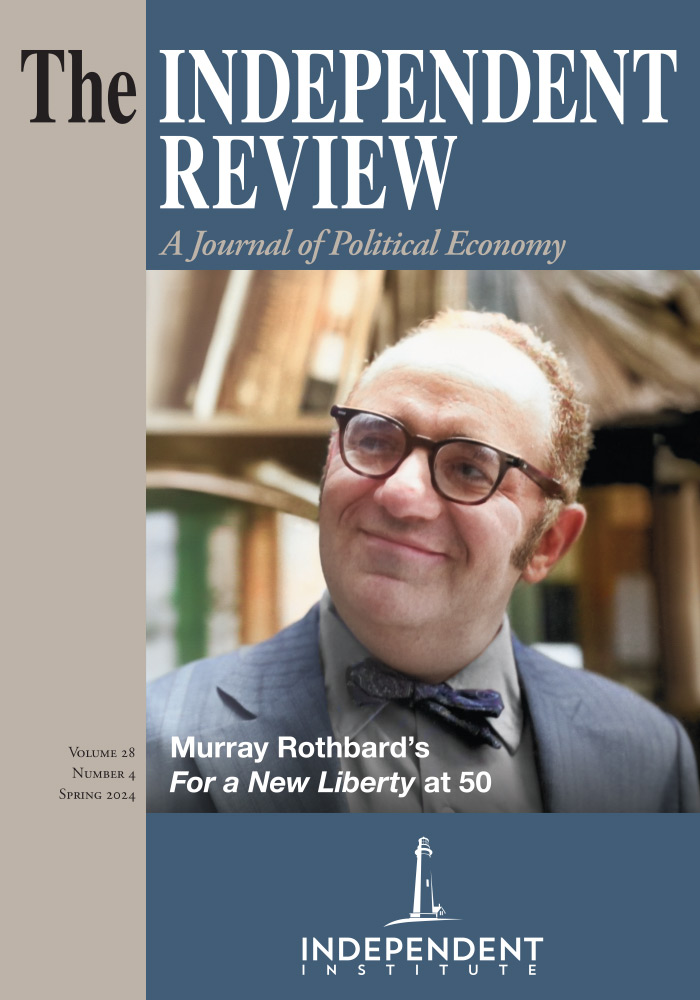American and European liberalism began to take different paths in the nineteenth century, particularly with respect to their views on democracy. This divergence stems in part from the fact that liberal principles give rise to different types of spontaneous order, each of which generates unique patterns of social coordination.
DemocracyFreedomGovernment and PoliticsLaw and LibertyNationalismPhilosophy and ReligionPolitical History
| Other Independent Review articles by Gus diZerega | |
| Spring 2013 | Gus diZerega Responds to Robert Nelson and Nelson Replies |
| Fall 2010 | Comment on Timothy Sandefur’s “Some Problems with Spontaneous Order” |









